Introduction
Product rationalization has emerged as a critical strategy for organizations to enhance operational efficiency, reduce costs, and align their product offerings with market demands. By meticulously evaluating and optimizing their product portfolios, companies can eliminate underperforming products and focus resources on high-value items that drive financial performance. This process not only simplifies operations but also ensures that product mixes are in tune with evolving customer preferences.
Leading firms like General Motors and Ford have streamlined their vehicle option combinations to simplify production and purchasing processes, a strategy that has gained further importance amid supply chain disruptions. Similarly, British American Tobacco's strategic shift away from traditional tobacco products underscores the need for continuous product realignment in response to market trends.
Effective product rationalization leverages empirical tools and theoretical models to analyze market dynamics, enabling businesses to optimize their strategies. This article explores the principles and data-driven methods essential for successful product rationalization, examines implementation and monitoring practices, and discusses best practices for sustaining the benefits of a streamlined product portfolio.
Understanding the Importance of Product Rationalisation
Product rationalization is a strategic imperative for organizations aiming to enhance operational efficiency, reduce costs, and streamline their offerings. By carefully assessing and enhancing the range of offerings, businesses can pinpoint and remove underperforming items, thus redistributing resources to high-value goods. This focused strategy not only enhances financial performance but also aligns the assortment with changing market needs and customer preferences.
For instance, both General Motors and Ford have significantly reduced the number of option combinations available for their vehicles to simplify manufacturing and purchasing processes. This strategy, initiated even before the pandemic, has accelerated as companies grapple with supply chain disruptions. Such pruning of product lines helps in focusing on core offerings that meet essential consumer needs.
Furthermore, empirical tools and theoretical models can offer insights into how rules and regulations influence key metrics such as prices, competition, and quality. By utilizing these models, companies can test predictions and explore the effects of alternative strategies, thereby enhancing their performance in the industry.
British American Tobacco’s recent decision to write down approximately $31.5 billion as it transitions away from traditional tobacco offerings highlights the importance of aligning portfolios with market trends. This change, prompted by a decrease in cigarette users, highlights the necessity for ongoing adjustment of offerings to remain pertinent.
Furthermore, Mars Inc.'s takeover of Kevin's Natural Foods illustrates how firms are consolidating their portfolios to incorporate high-growth, nutritious items. This move not only diversifies Mars' offerings but also positions them to meet the increasing demand for healthy meal options.
Successful assessment of offerings necessitates comprehensive investigation, free from biases, to guarantee precise conclusions. Companies must ask the right questions during research to avoid misguided decisions. By embedding inventory optimization into structural decision-making processes, businesses can generate substantial value across their entire value chain. This strategic alignment is particularly crucial in today's challenging socioeconomic environment, characterized by inflation, high interest rates, and global crises.
Ultimately, successful offering rationalization and industry consolidation depend on an organization's ability to adapt to market dynamics and consumer preferences while maintaining a robust and efficient assortment.
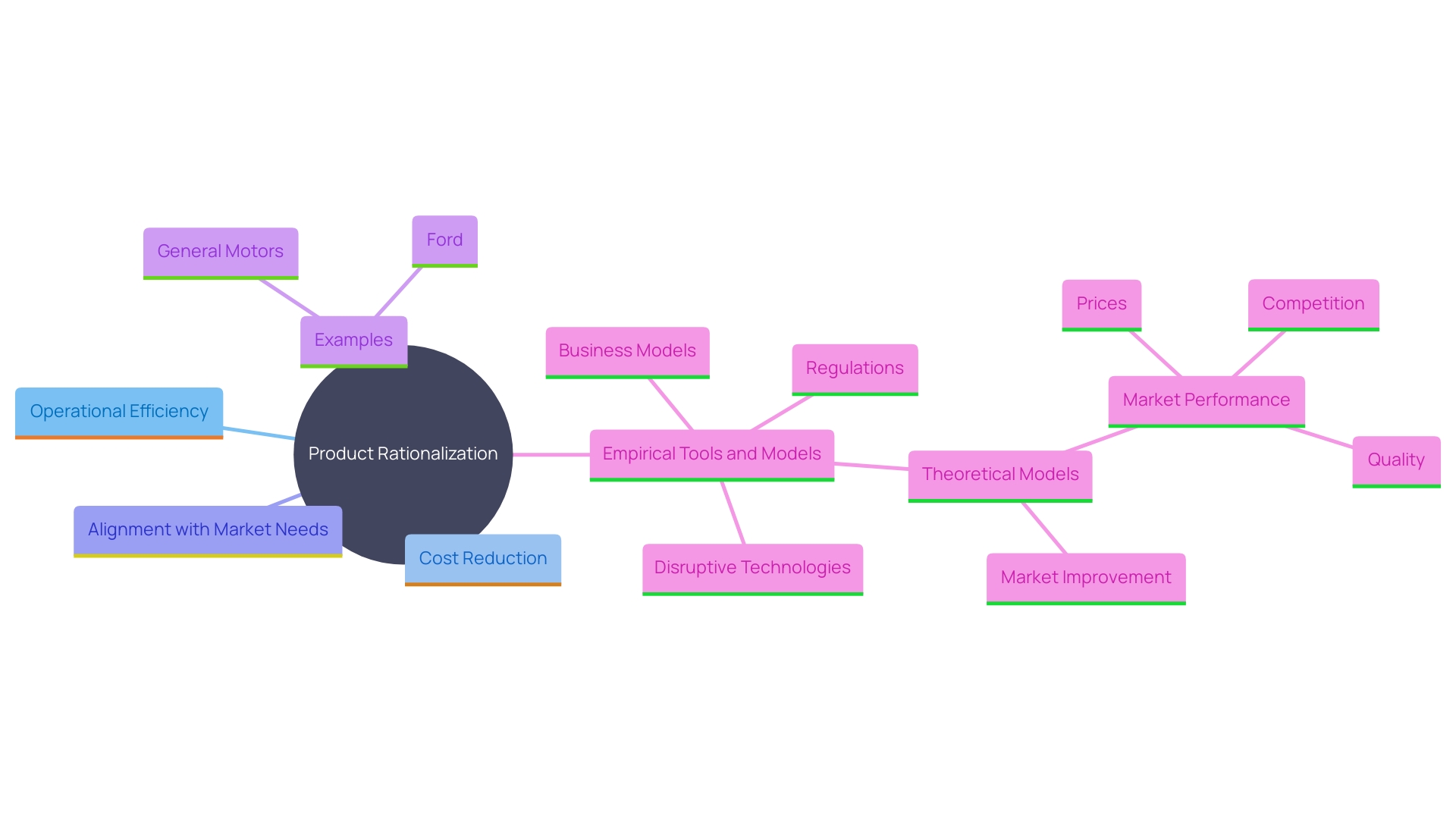
Key Principles for Effective Product Rationalisation
To effectively justify offerings, businesses must follow several key principles. Maintaining a clear understanding of the company's core value proposition and how each offering contributes to it is crucial. This ensures that all offerings align with the strategic objectives and support the overall mission of the organization.
Companies should leverage data-driven analysis to make informed decisions based on concrete performance metrics. For instance, examining numerical information can reveal patterns, trends, and opportunities for enhancement, directing strategy and prioritization. Effective communication is also essential in managing stakeholder expectations, clearly defining roles, responsibilities, and expectations, and involving stakeholders in key decision-making processes.
Additionally, businesses must stay agile in the face of fast-moving market trends. Organizations that fail to adapt quickly may struggle to keep up. For instance, public health studies on sweetener content have shifted consumer perceptions about ingredients like erythritol in the beverage space. Companies must be prepared to meet new requirements and sustainability targets to remain competitive.
Finally, managing the high cost of change is vital. Product redesigns or reformulations can be prohibitive, especially in complex portfolios. Companies need to be mindful of the significant upfront investments and potential need for board-level approvals or interventions.
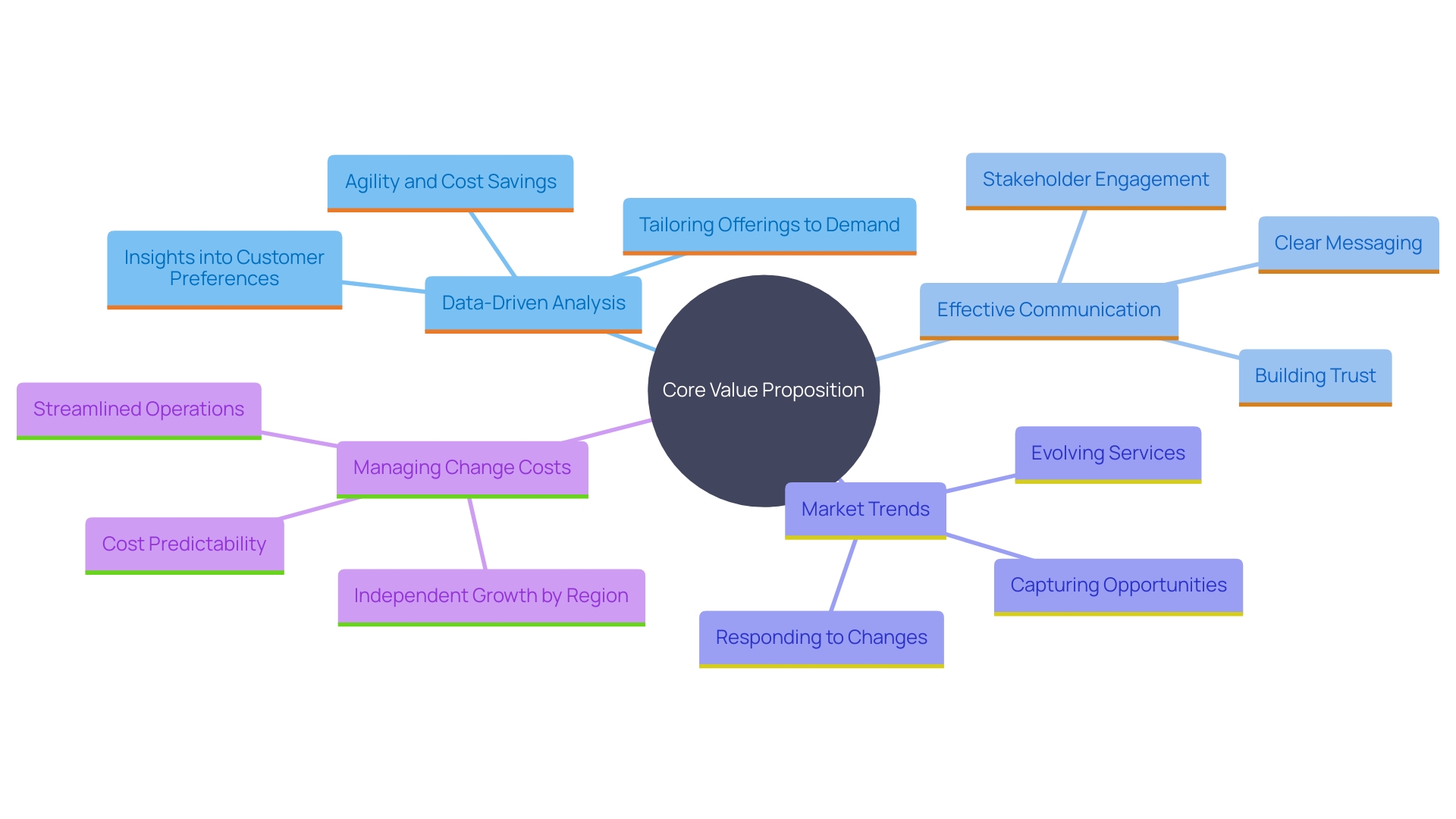
Analyzing Product Performance Using Data-Driven Methods
Data-driven analysis is essential in the rationalization process, utilizing advanced techniques such as the 80/20 rule and ABC analysis to identify high-impact items. The 80/20 principle suggests that 20% of offerings usually produce 80% of revenue, allowing companies to concentrate their efforts on these essential items. ABC analysis further classifies items based on their contribution to revenue, ensuring that resources are allocated effectively. Furthermore, incorporating machine learning models for price optimization can improve decision-making by predicting customer churn and forecasting demand for both existing and new offerings. This approach, as demonstrated by Carrefour's data science team, not only improves pricing strategies but also personalizes customer experiences. Performing life cycle analysis of items enables a more thorough comprehension of each stage, assisting in decisions regarding whether to terminate or refresh offerings. This comprehensive method guarantees that companies remain in front by continuously enhancing their offerings.
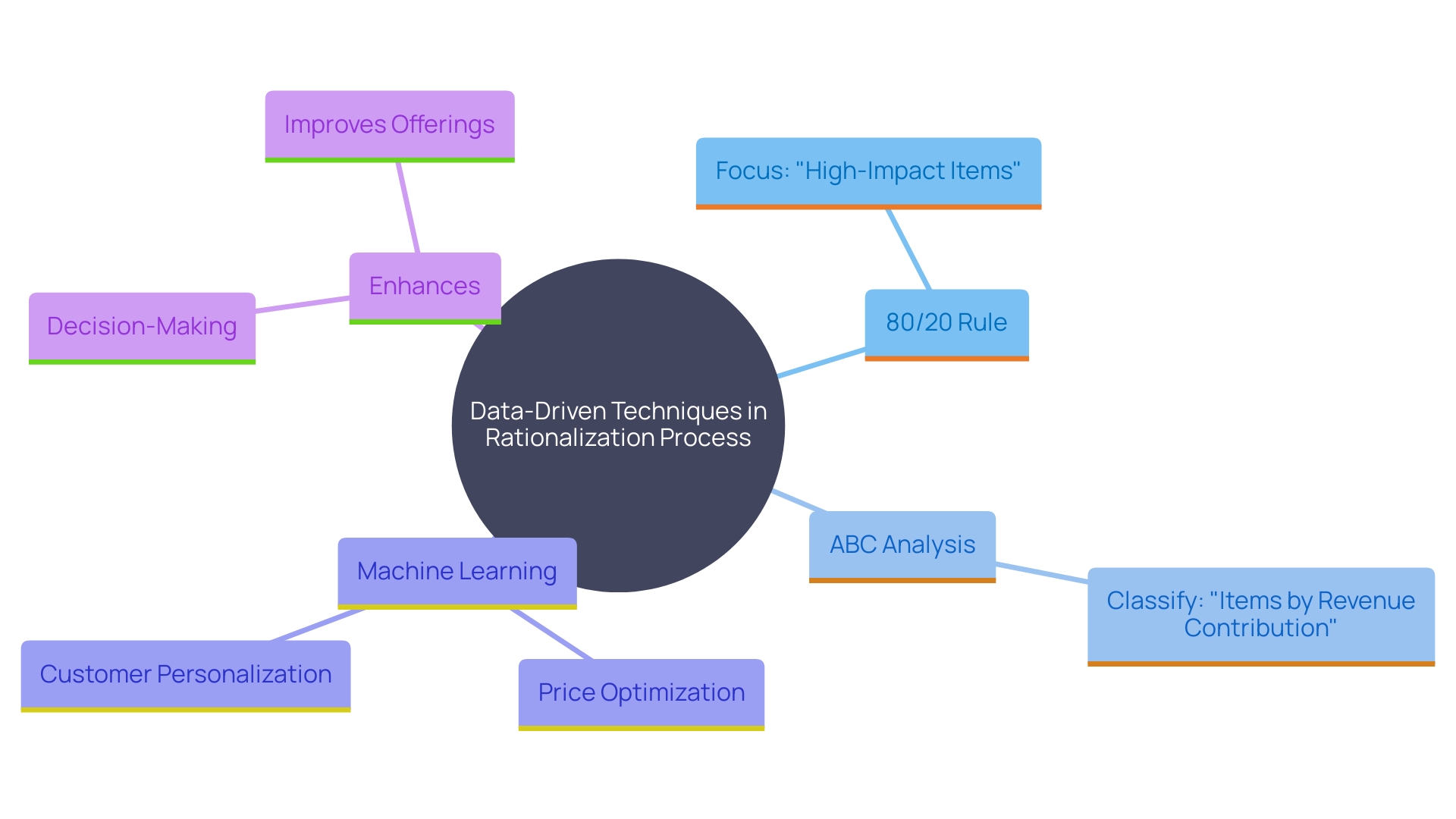
Implementation and Monitoring
Effectively executing product optimization necessitates a well-organized method and clear communication strategies. Ensuring stakeholder buy-in is crucial for the success of these initiatives. Communicating changes clearly helps stakeholders understand the rationale behind decisions, fostering a supportive environment across the organization. Tracking key performance indicators (KPIs) post-implementation is essential for measuring the impact of rationalization efforts. By leveraging artificial intelligence (AI) to explore and connect data, organizations can gain deeper insights into operational drivers and contextual factors that influence strategic outcomes. For example, prominent organizations such as Tokopedia have employed AI to enhance their comprehension of the causal connections among these variables, leading to more dynamic and dependable KPIs.
Moreover, regularly reviewing these metrics allows businesses to adjust their strategies as necessary, ensuring sustained growth and alignment with market conditions. The adoption of AI in performance measurement has proven transformative, enabling organizations to redefine business success by challenging long-held assumptions. Identifying strategic and operational KPIs through AI-driven insights provides a more nuanced understanding, far beyond the reach of traditional methods. This shift towards data-driven decision-making is reshaping how companies organize and operate, ultimately driving more informed and effective business strategies.
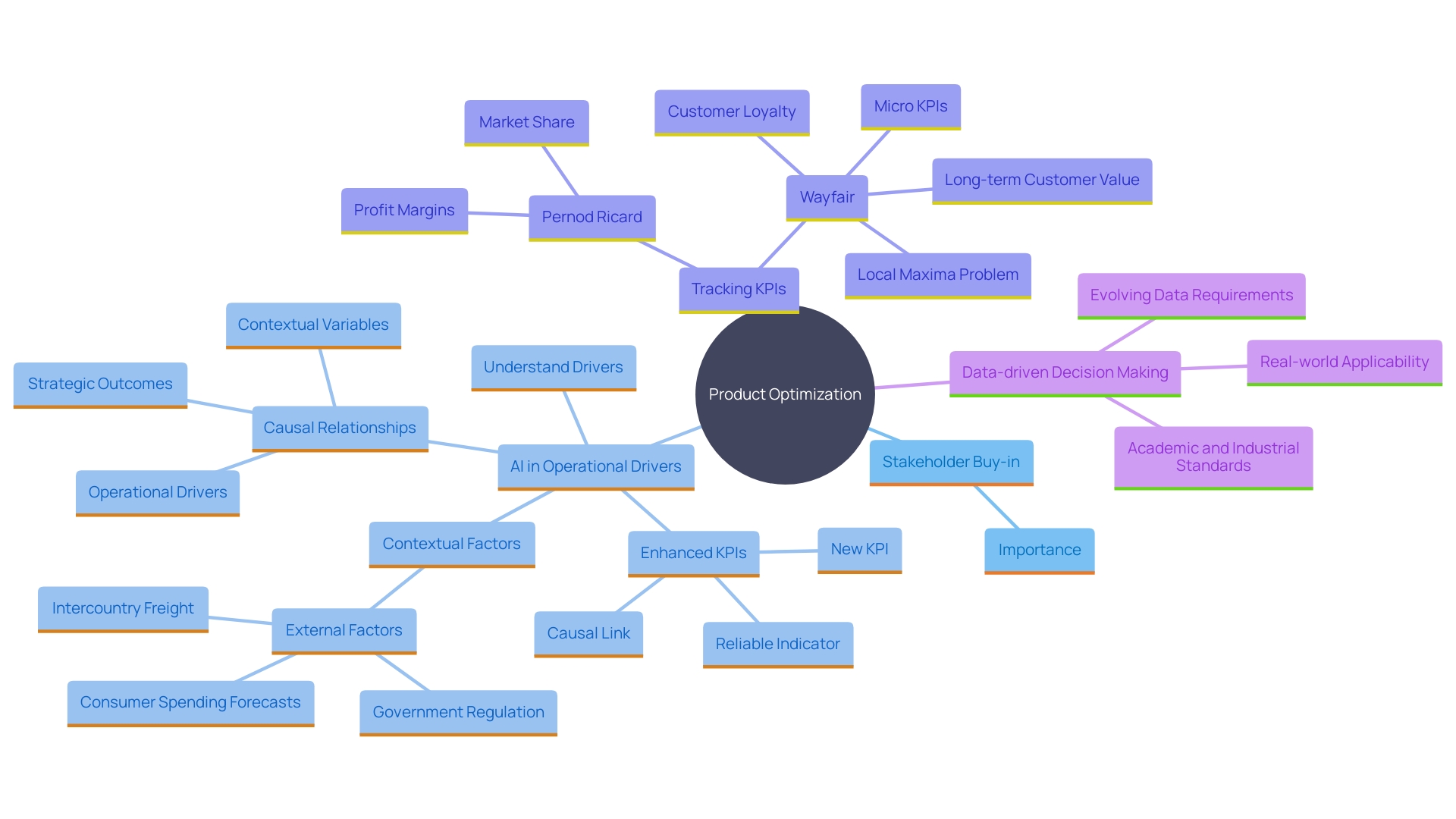
Best Practices for Sustaining Product Rationalisation
Companies seeking to maintain the benefits of simplifying offerings must establish an ongoing assessment procedure, frequently analyzing their inventory in accordance with industry trends and consumer demands. Advanced analytics can aid in identifying opportunities for improvement by analyzing data from various production stages, demonstrating significant benefits such as reducing lead times and costs. Developing a control plan to prevent complexity creep is essential, ensuring that new offerings do not compromise the effectiveness of rationalization efforts. Embracing a culture of agility and responsiveness to change further supports sustained growth. Recent research highlights the importance of fostering a work culture that takes responsible, data-backed risks. This cultural shift can enhance market competitiveness by accelerating the launch of innovative offerings and minimizing waste. 'Moreover, utilizing a shared set of tools and processes enhances communication and teamwork among members, guaranteeing clarity in roles and responsibilities throughout the development life cycle. This approach not only improves product quality but also aligns with stringent regulatory standards, bolstering overall product efficacy and compliance.
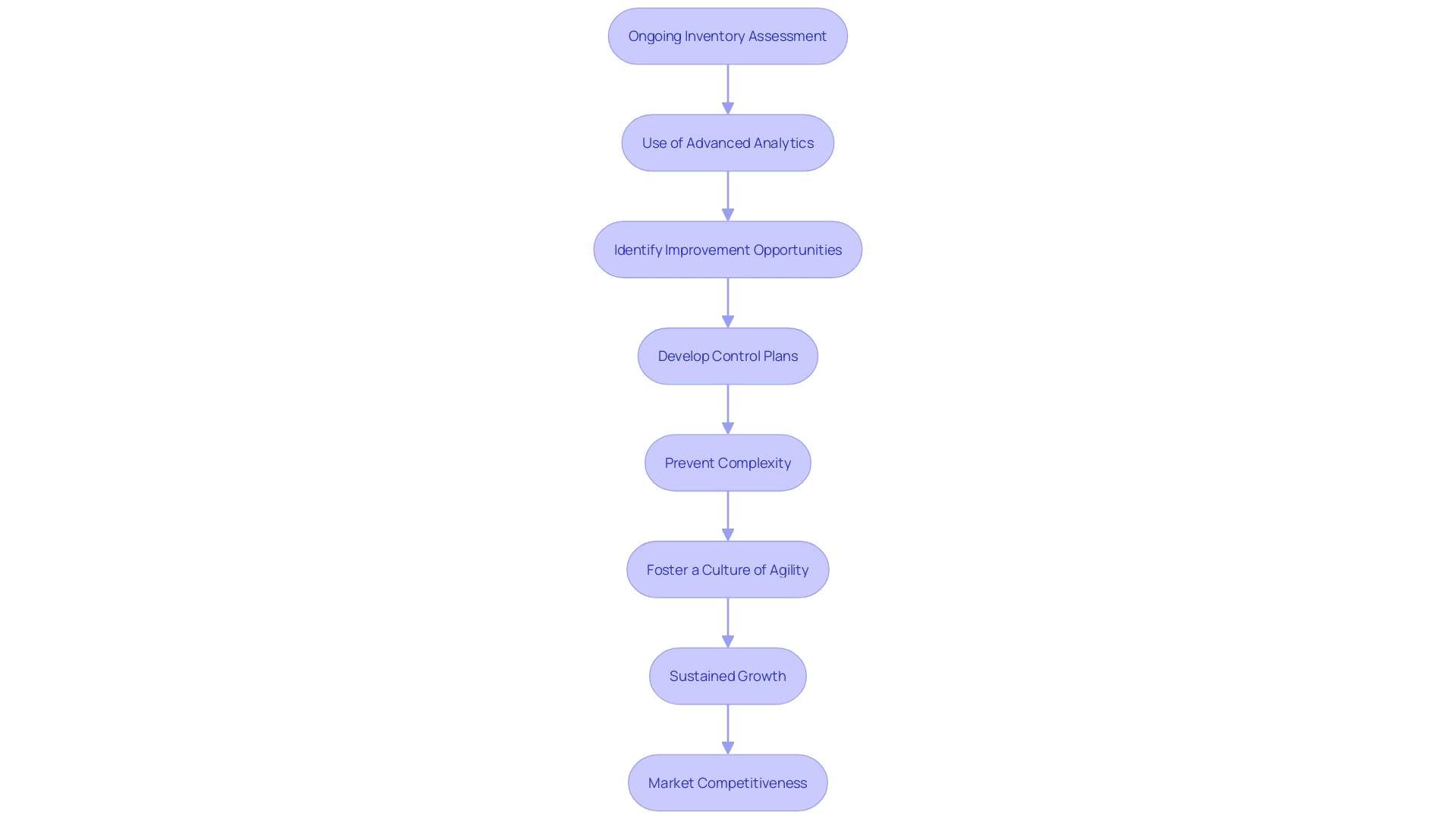
Conclusion
Product rationalization stands as a pivotal strategy for organizations seeking to enhance operational efficiency and align their offerings with market demands. By systematically evaluating and optimizing product portfolios, companies can eliminate underperformers and concentrate resources on high-value products, ultimately driving financial performance. Real-world examples, such as the streamlined operations at General Motors and Ford, illustrate the tangible benefits of this approach in navigating supply chain disruptions and meeting consumer needs.
Implementing effective product rationalization hinges on key principles, including a clear understanding of the company's core value proposition and the importance of data-driven decision-making. Agile responses to market shifts, coupled with effective communication among stakeholders, are essential for sustaining momentum. Organizations must also be prepared to manage the costs associated with change, ensuring that investments in product redesigns are strategically justified.
Moreover, leveraging advanced data-driven methods is critical in analyzing product performance. Techniques such as the 80/20 rule and machine learning can provide valuable insights into which products warrant attention and investment. Continuous monitoring and adjustment of strategies based on key performance indicators will further enhance the effectiveness of rationalization efforts.
To sustain the benefits of product rationalization over time, organizations must adopt a culture of agility and responsiveness. Regularly reviewing product portfolios in line with market trends and fostering collaboration among teams will ensure that businesses remain competitive and innovative. By embracing these best practices, companies can secure their position in the market and drive long-term success.




